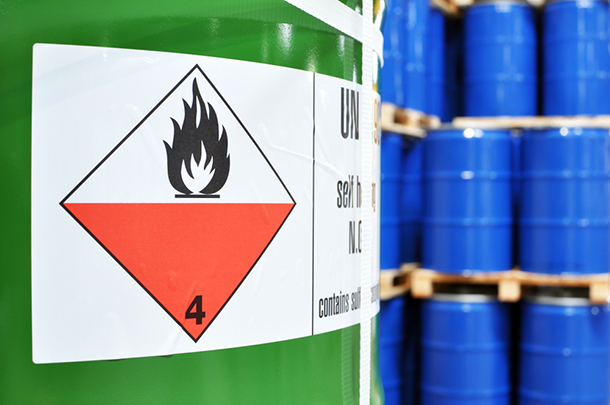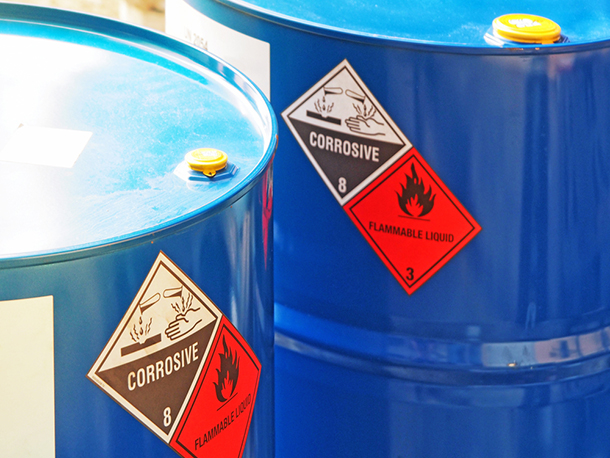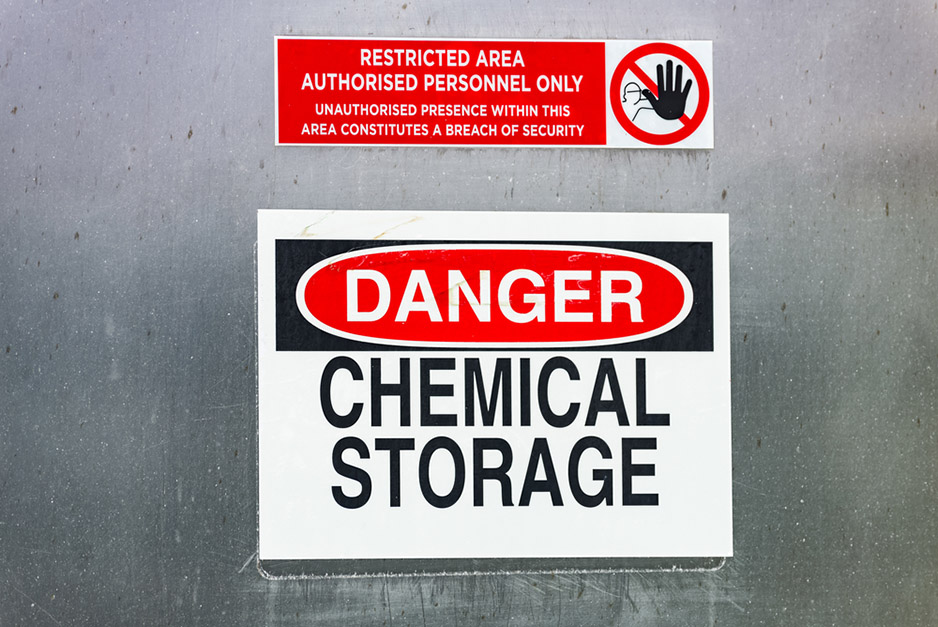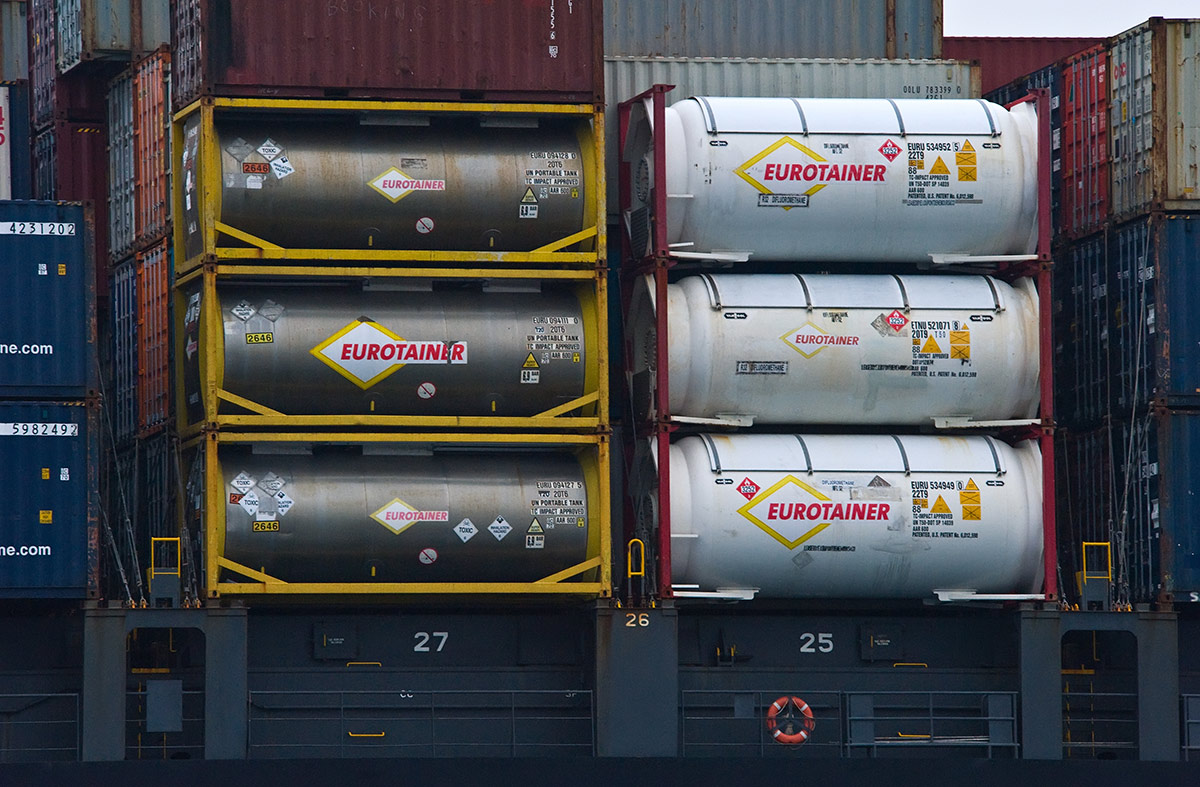Source: industryviews/Shutterstock.com
Some people think hazardous products only encompass highly toxic chemical substances. However, common products such as paint, nail polish, dry shampoo and batteries also fall under the dangerous goods category. Because of the potential hazards associated with transporting these goods, hazmat shipping is heavily regulated and is expensive. If you are shipping hazardous materials, you need to use the proper packaging, labels and documentation. Those wondering “What is hazmat shipping?” will need to learn about what hazardous materials are and how to ship them. Summary:- The first step in hazmat shipping is classifying your goods.
- There are nine different classes of hazmat goods.
- You need to package and label hazmat goods according to official regulations.
What Are Hazardous Materials?
Hazardous or hazmat materials are those that could injure the people storing or handling them if they drop, break, spill or come in contact with another substance. There are many kinds of hazardous materials, including gases, liquids and solids. Sometimes, they can be products that appear safe, such as essential oils or perfumes. At Air Sea Containers, we have extensive experience shipping dangerous goods and provide a wide range of hazmat shipping materials, including high-quality hazmat shipping boxes and labels. If you are shipping hazardous goods, we can help you ship them correctly to avoid complications and potential accidents. Get Your Quality Hazmat Labels TodayWhat Products Are Classified as Hazmat?
To answer the question “What is hazmat shipping?” you need to understand the different classes of hazardous goods. Hazmat products are divided into nine classes. Regardless of the class, all hazmat products are considered dangerous to those who come into contact with them.- Class 1: Explosives (ammunition, gun powder, fireworks, etc.)
- Class 2: Gases (spray paint, bathroom cleaners, deodorants, etc.)
- Class 3: Flammable liquids (gasoline, nail polish, lighter refills, etc.)
- Class 4: Flammable solids (sodium batteries, matches, coal, etc.)
- Class 5: Oxidizers/Organic Peroxide (fertilizers, bleach, hydrogen peroxide, etc.)
- Class 6: Toxic and infectious substances (blood samples, arsenic, pesticides, etc.)
- Class 7: Radioactive material (X-ray machines, depleted uranium, medical isotopes, etc.)
- Class 8: Corrosives (paint, drain cleaner, mercury thermometers, etc.)
- Class 9: Miscellaneous hazardous materials (first-aid kits, dry ice, lithium-ion batteries, etc.)
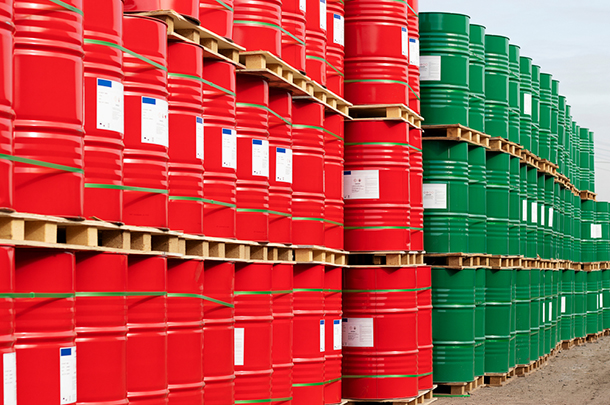
Source: Sergei Telenkov/Shutterstock.com
How Hazmat Shipping Works
There are a couple of critical steps you need to follow when shipping hazmat goods. Be diligent in preparing your hazardous materials for shipment to ensure your products successfully reach their final destination.Step 1: Classify Your Goods
When shipping hazardous materials, you need to include a product safety data sheet (SDS). This document is required by law and must be provided to whoever is handling your goods. The SDS provides information about the materials to the person handling your goods to avoid any possible risk.Step 2: Contact a Carrier
You can ship hazardous goods with the top carriers in the U.S., including FedEx, USPS, UPS and DHL. However, each carrier has specific rules about handling hazmat products, and you’ll need to follow their regulations.Step 3: Select the Correct Packaging
There are specific laws on how to package hazmat products that you must comply with. It’s a good idea to invest in high-quality custom shipping boxes that meet the requirements of your business and are ideally suited to your product type. These custom boxes are approved and tested by the US Department of Transportation.Step 4: Mark and Label Your Packages
Depending on the class, ID number and weight of your hazardous goods, you’ll need to label and mark them in a specific way. Be sure to follow the official regulations on marking and labeling hazmat packages.Step 5: Prepare the Necessary Shipping Papers
Depending on the carrier, you’ll need to provide additional paperwork about the hazardous goods you are shipping. Talk with your carrier and ensure you provide all the necessary paperwork so your shipment isn’t delayed.
Source: Alexandr Medvedkov/Shutterstock.com
Purchase Custom Shipping Boxes for Your Hazmat GoodsOfficial Regulations for Hazmat Shipping
Make sure you are aware of the following regulations if you are shipping dangerous goods:-
49 CFR (Code of Federal Regulations, Title 49).
-
IMDG Code
-
ICAO/IATA

